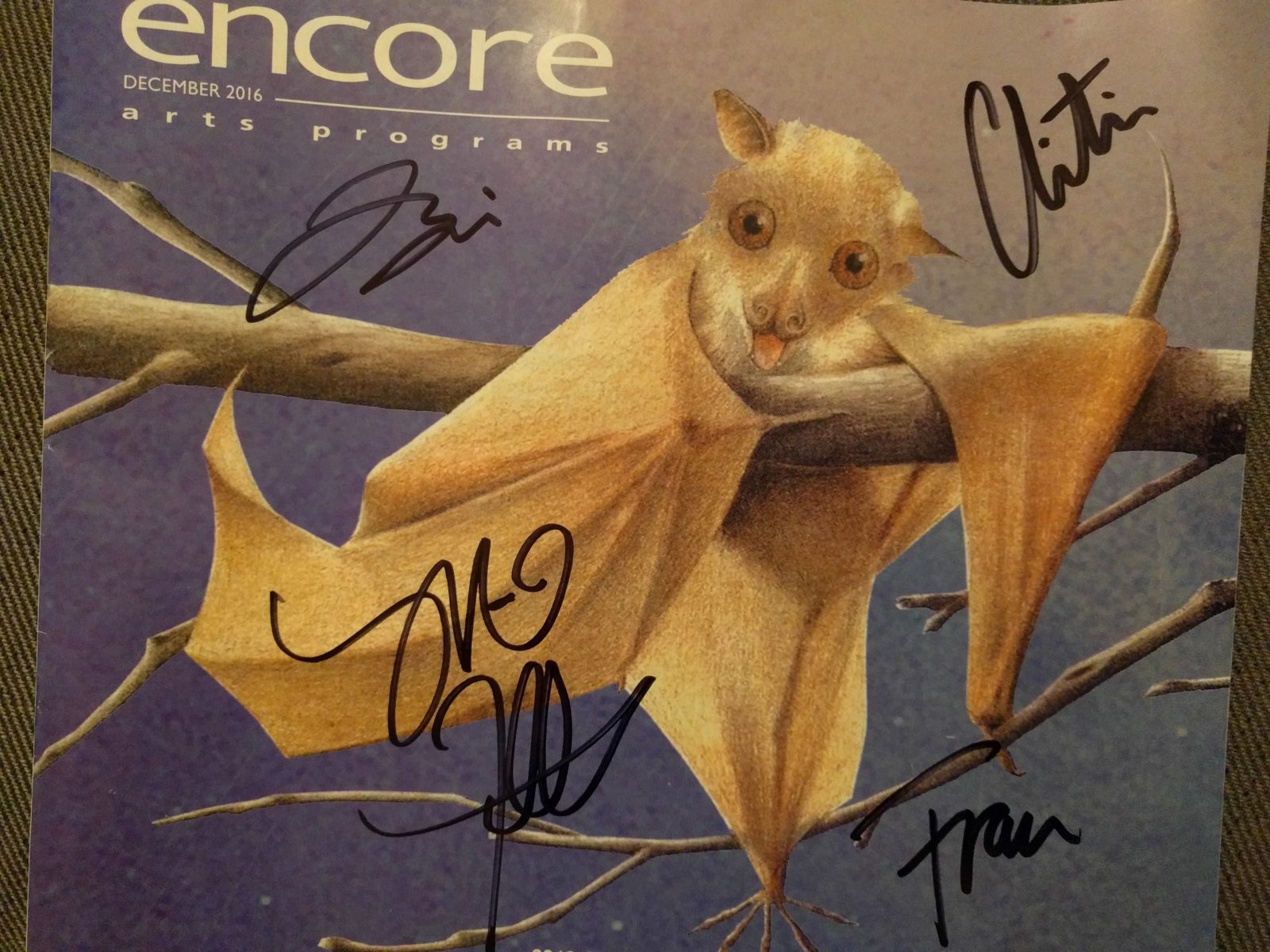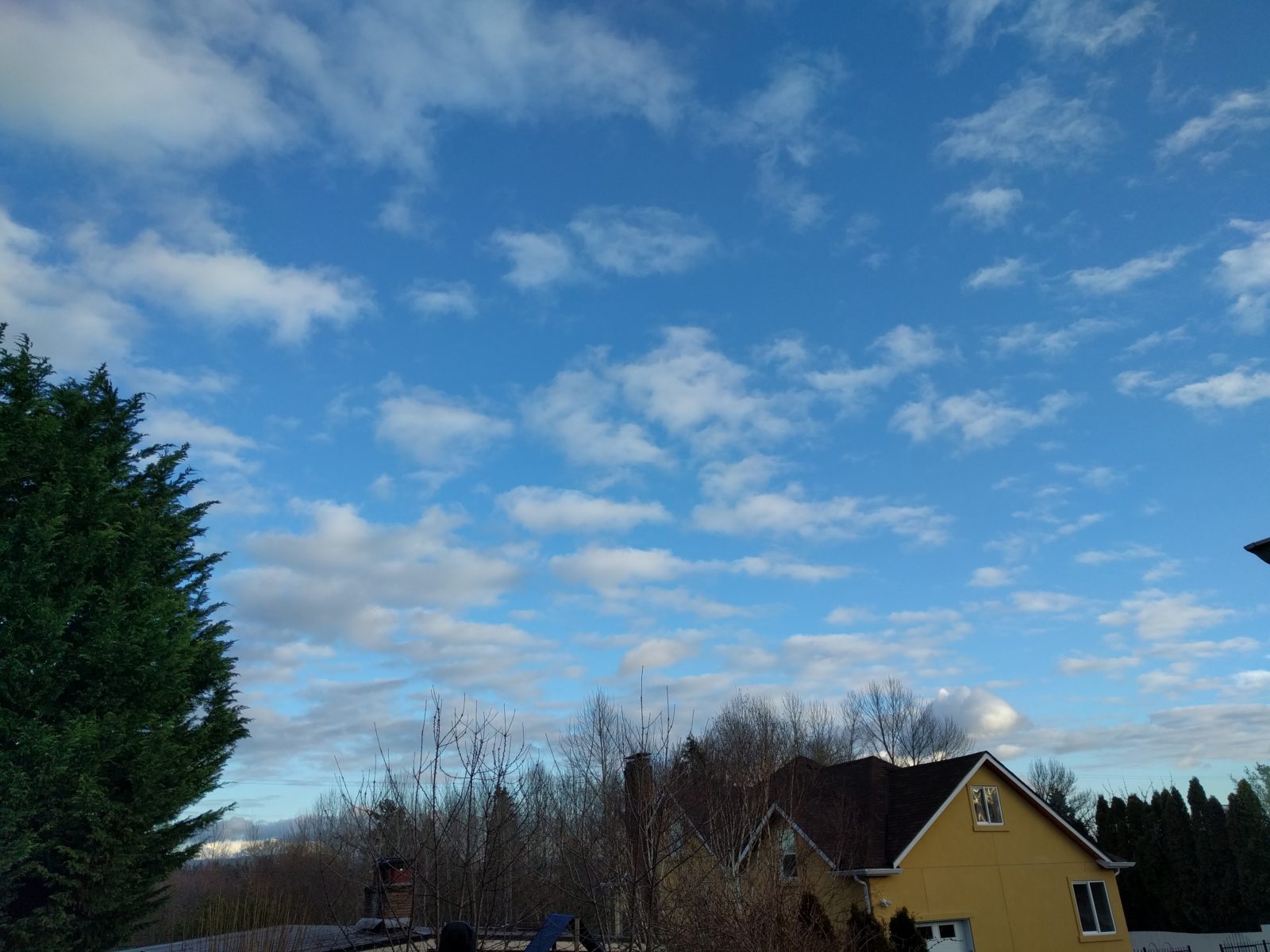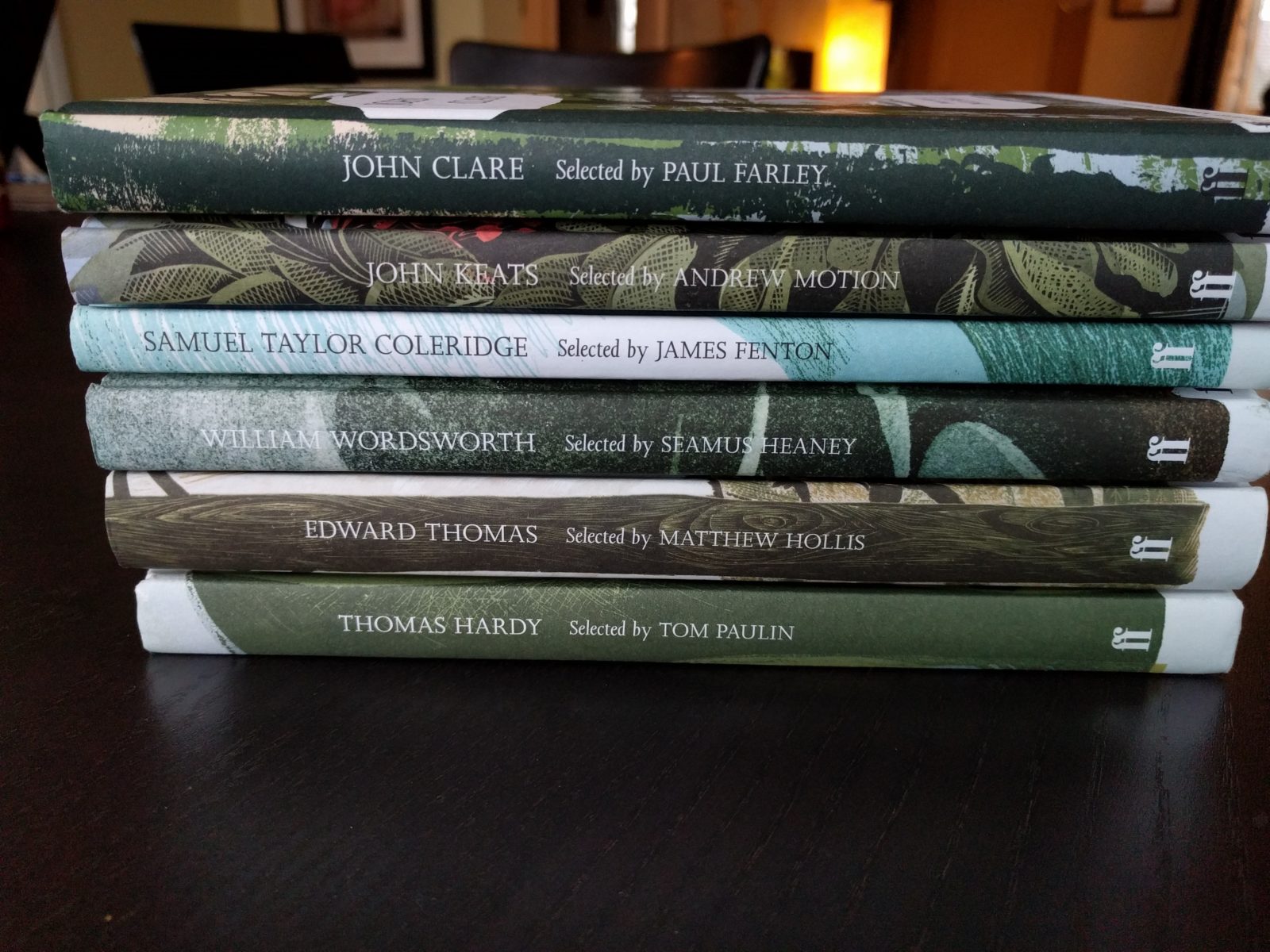In 2016 I’m doing a 365 Nature project. Learn more about the project and see all the 365 Nature posts.
 I am a wholly devoted pluviophile. That is, I am someone who loves the rain and finds peace in the sound and sight of rain falling. I often sit by the window and watch raindrops hit the leaves bouncing them up and down. I love the surface of a pond or puddle when the rain drops in creating rippling, intersecting patterns. I find rain highly comforting and I don’t mind being outside in it.
I am a wholly devoted pluviophile. That is, I am someone who loves the rain and finds peace in the sound and sight of rain falling. I often sit by the window and watch raindrops hit the leaves bouncing them up and down. I love the surface of a pond or puddle when the rain drops in creating rippling, intersecting patterns. I find rain highly comforting and I don’t mind being outside in it.
So it was with great excitement I started reading Rain: A Natural and Cultural History, by Cynthia Barnett recently. It’s appropriate on this rainy morning that I thought about the book after I finished it. The book is full of fascinating histories regarding the rain, and not always what you might expect. Barnett makes a lot of cases for how rain has influenced our history and our arts and introduces a different perspective on major historic occurrences. Such as the witch hunts in the late 1500’s to mid 1600’s in Europe. The Salem witch trials, which get more attention, pale in comparison to the European witch hunts. While Salem had 185 individuals accused of witchcraft and only 19 executed, Europe held at least 50,000 executions. What does rain have to do with it though? According to the book, studies have found events like this typically run parallel to major climate upheaval. The witchcraft executions aligned with the Little Ice Age which led to crop failures, disease, extreme rains, hail and major storms. So-called witches were rounded up to take the blame for the weather.
There are many fascinating chapters from the history of praying for rain to the first manufacturers of rain proof jackets, the Macintosh. The book also discusses topics highly relevant today, such as our history of dramatically changing the landscape, removing wetlands, installing levees and changing the course of rivers. Our foolhardy ways have not changed much since the first major disasters such as in 1927 when massive storms hit the Mississippi watershed dumping 15 inches of rain on New Orleans in eighteen hours. Compare that to the 4.5 inches during Hurricane Katrina or 8 inches during Hurricane Isaac. The 1927 storm cracked through levees built 40 feet high. The levees made the disaster much worse because the water burst through with unnatural force. “The muddy torrents crashed into the Delta with more than double the force of flood-stage Niagara Falls.” After the floods, Gifford Pinchot wisely stated it was a man-made disaster. Yet, one we keep repeating.
I appreciated the book addressed a common misconception my city, rainy Seattle. Despite being well known for our rain, we’re far from the rainiest city in the United States and indeed, we get less rain than any other major city in the eastern US. Less than Miami, Boston and New York. The difference is Seattle has more days of clouds, which often roll over us without releasing any rain.
The chapter on rains impact on the arts was also thoroughly interesting. Barnett compares Kurt Cobain and Nirvana in Seattle with Morrissey and The Smiths in Manchester, both of which have similarly dreary weather. But was the dreary upbringing of these musicians the muse for their successful music? Barnett similarly brings up Emily Dickinson, who by many of her own accounts disliked the cold autumn and winter months and may have suffered from SAD. But analysis of her poetry has produced some interesting results. She was more prolific during the warmer months, but her poems written in the darker days may have been better quality. Analysis shows that these poems have been reproduced more frequently in anthologies and literary digests. The chapter dives deeper into the idea that creativity needs these dark, melancholy months.
This is a widely fascinating book about rain. You’re guaranteed to discover new connections, new ideas that you never before considered. It’s a thought-provoking book and I read it with endless amazement that so many of the topics had escaped my notice before.







Love it: pluviophile! I am too! I just texted my friend about it saying loved both the incredible warm day we had on Friday but also the rainy day on Saturday (colder + grey). The air always seems to fresh from a rainfall (and I guess it is!) and I enjoy cozy days that give us an opportunity to slow down. Interesting read – thanks for the review!